How to Use a Fingerprint Time Clock in Your Office- A Guide for the Uninitiated
What is a Fingerprint Time Clock?
Over the last 10 years, there has been an increase in the popularity of biometric devices for recording attendance. If you are still not familiar with biometric time devices, let us list out the key points for you.
A biometric time clock is a tech-enabled attendance system that authenticates employees clocking in and out of work by the use of physical characteristics like face, irises, or fingerprints. There are also passive biometric devices available that use validation methods like time cards with attached photos but there is no guarantee that the person clocking in or out is the person on the time card.
On the other hand, time clock systems using biometrics provide a quick and easy time and attendance tracking tool as there is no need to put in passwords or swipe cards.
Fingerprint time clocks
As discussed, biometric time clocks use unique physical markers to verify an employee's identity and compare it against their database. One type of biometric time clocks is a fingerprint time clock which uses fingerprints to verify an employee's identity and check it against the record in the database.
Since a fingerprint time clock recognizes employees based on their fingerprints, it makes it impossible for employees to punch in for one another.
How to Set Up a Fingerprint Time Clock
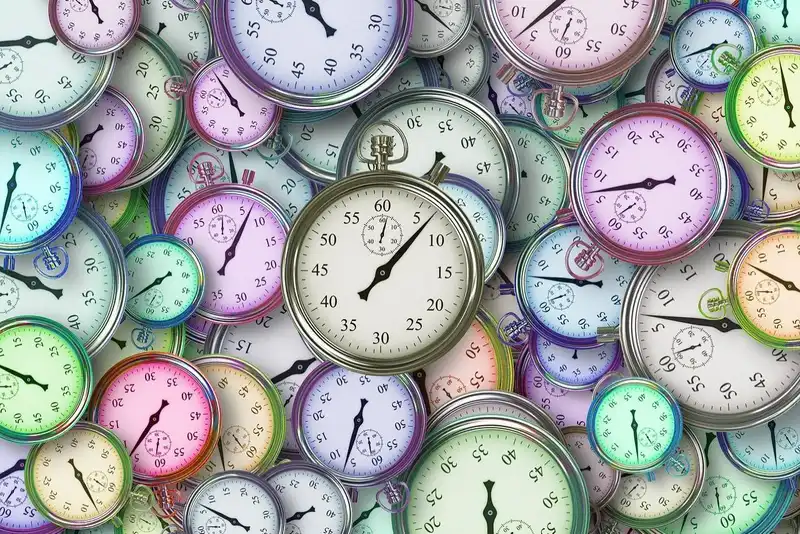
When employees clock in using a fingerprint time clock, the time attendance system uses a scanner to scan the fingerprint and match it to fingerprints in its database. The time clock system also can also be used to track the office areas employees have accessed. The clock system can recognize wet, oily, and even dirty fingerprints and match them to the database and can register and store up to 10,000 fingerprints. Some may expect that these fingerprint time keeping systems may be difficult to set up but that is not the case. A fingerprint time clock is very easy to set up.
Let us look at the basic steps of setting up a time clock that uses biometric data-
- The supervisor needs to log into the time clock as a supervisor.
- Then they need to create a profile for the employee and enter their identification number to enroll them.
- Select the biometric option to enroll and have the employee place their finger on the scanner.
- Confirm the fingerprint scan and the employee is added in the database.
- The time clock will use the scan and produce a biometric profile for the employee. This profile will be used to clock in and out.
You need to track your employee hours, but you don’t know how.
Implement a fingerprint time clock system in your office as suggested by Zipschedules in this article.
Is a Fingerprint Time Clock Right for You?
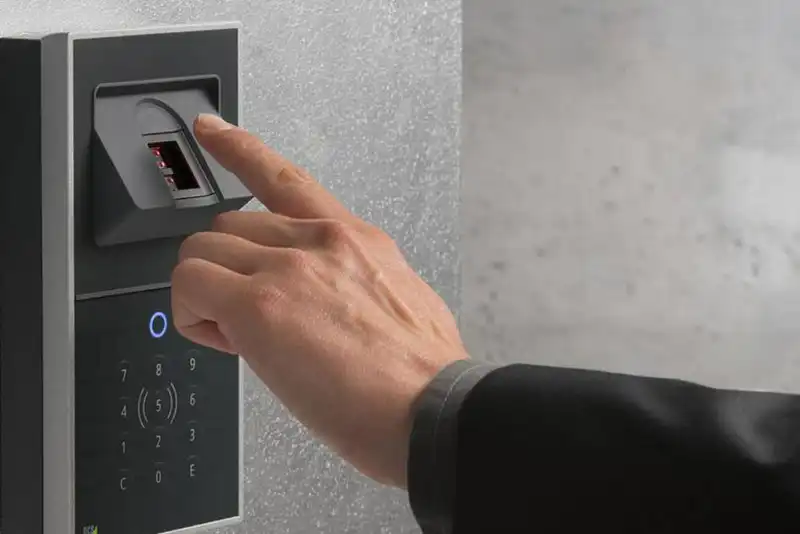
Though the use of biometric time keeping systems can streamline the daily workflow and increase operational efficiency, there might be some employees who might not be comfortable with giving their biometric data. The time clock uses employees' personal information such as irises, fingerprints, or facial recognition to identify the employee. Hence, many see storing such employee data as intrusive and infringing on privacy rights.
Though these time clocks have inbuilt systems which help protect the employee's personal data by providing clear guidelines on how to secure the information.
Biometric time clocks also help to make sure that no one can sell or profit from personal data. Although there is no single comprehensive federal law on the use of biometrics to track time and attendance. But still, using biometric time clocks is also illegal in several states like Illinois, Washington, and Texas. So, before opting for a biometric time clock system, check what the state and local labor laws say. As an employer, you also have to put in place laws and processes on how to store and protect the employee biometric data location of the servers, who has access to the data, and how long will the data be stored. You can draft a comprehensive policy to ensure that all employees are clear on the use and protection of their biometric data. Seek legal counsel to ensure that your policy is compliant with the state and local laws.
You can also opt for an employee scheduling app like ZipSchedules which also has tools to track employee time and hours spent at work. A time clock system also streamlines the payroll process as it automates the process of collecting data on time and attendance. The clock systems also provide data on who is late and how long an employee takes their breaks.
Benefits of a Fingerprint Time Clock
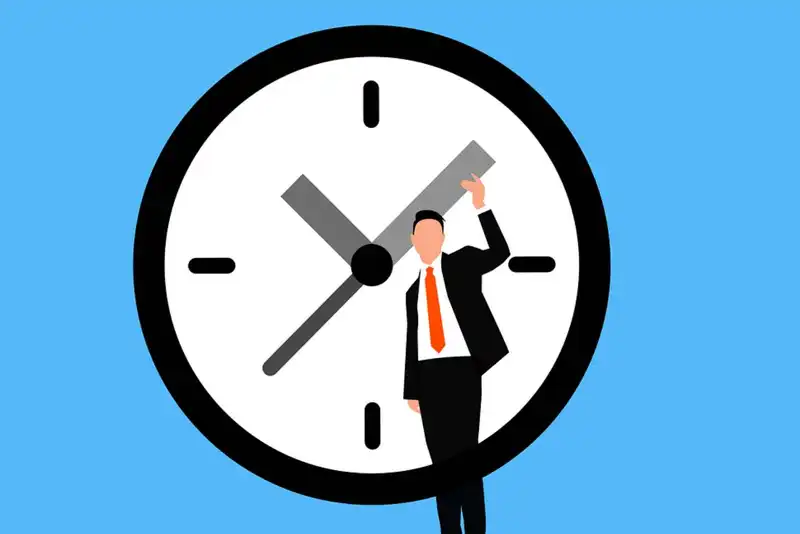
Using a Time Clock helps an employer regulate punctuality and also identify employees who don't conform to company policies. A time clock system also streamlines the daily workflow and increases work efficiency. If you are thinking of opting for a fingerprint time clock system, here is a list of benefits you will accrue-
- Curbs buddy punching- A fingerprint time clock allows entry to only those employees whose face recognition or fingerprints match the database. Opting for a biometric fingerprint system for time and attendance puts an end to buddy punching practices where an employee punches in for another who is absent or running late. As per US Bureau of Labor Statistics data, if 78 million hourly workers punched in for colleagues and added 15 minutes to their time cards, it adds over $373 million to the annual payroll. Businesses can save up on this expense by opting for biometric time clocks.
- Increases savings- While using the manual data collection for the payroll process, there were times when the employees would miscalculate overtime pay, or pay the wrong tax rates. There was also no way to verify the work hours claims for overtime. With time attendance systems automating punch times and data collection, it decreases labor costs and margin of error and also curbs time theft. Some biometric time clock systems also offer web based solutions to streamline HR and workforce management efforts.
- Web based integrations- Web based time clock systems that use wi fi to operate can also be integrated with HR and automated punch time data can be uploaded for maintenance of the employee time tracker. The time clocks also have the latest security measures to safeguard biometric data.
- Attendance tracking- When you opt for a fingerprint time clock, there is no need to maintain or change passwords, and PINs and employee time can be recorded by the attendance software in seconds. The biometric data is also authenticated instantly which provides real time view of employee time.
- Restricted access- A time clock using biometrics makes it possible for a business to employee access to specific departments to maintain security. This also makes it harder for unauthorized personnel to enter. The clock system is flexible enough that management can give and revoke permission at any time.
- Remote functionality- With the new normal ushering in a hybrid work model, the use of fingerprint time clocks enables employees to sign in from their mobiles from any location. So there is no hassle of tracking employees who have remote work or on-site jobs.
Use Software to Track Employees' Time
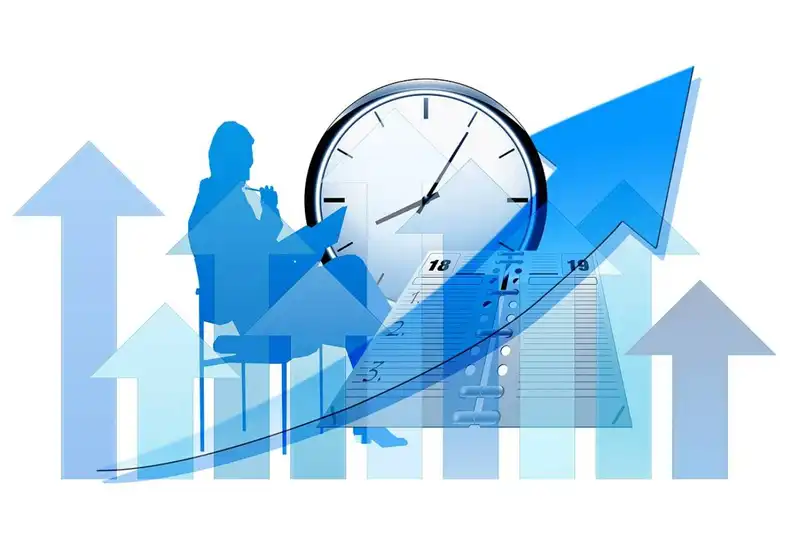
As we have discussed the benefits of opting for a biometric fingerprint clock system, the question arises if there is a need to track employee time. Any large or small business that has hourly employees needs a time clock system for attendance and time tracking as you need to know how much to pay the employees for hours worked. It is also useful to track salaried employee time as it can help make better staffing and scheduling decisions. You can also track labor costs more accurately and increase employee productivity. We have listed some reasons why it is essential to track time and attendance of employees-
- Accurate payroll- As discussed, time tracking for hourly staff is a must as it helps you calculate payroll correctly. Time clock systems can track employee time and ensure the employees get paid for the work they did.
- Compliance with law- Using a fingerprint time keeping system to track employee time provides you with a record of when and how long your employees worked. The clock systems ensure that the employees take all their breaks and are working their allowed number of hours and being compensated accurately.
- Time tracking- When using a time clock for time tracking, a business can also understand better the needs of its employees. Restaurant owners can compare sales data to labor costs to understand proper scheduling and required numbers for any given shift. The time clock helps a business track employee time spent on a project and how it stacks up against the revenue.
There is a lot to consider when implementing time clock software.
With the right time clock software as suggested by Zipschedules, you can have a system that is secure, easy to use, and integrates with your payroll program.
Know Your Employees' Biometric Data
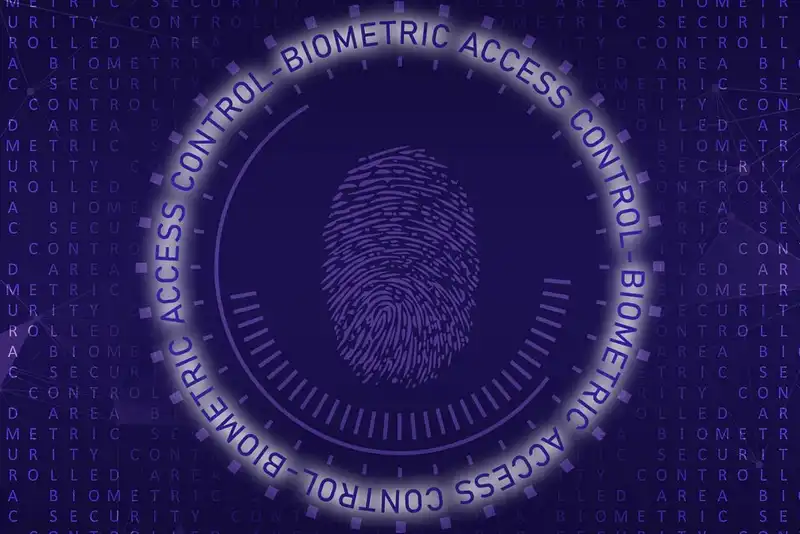
As discussed, biometrics are used to identify an employee by facial recognition or scanning fingerprints or irises. Employers use biometric data to control employee access to worksites, track employee time, and monitor areas that employees can access among others. Now, with the increase in remote working, there is also the need for proper verification of employees.
While using a biometric fingerprint clock system helps cut down on paperwork, streamline the processing of payroll and reduce incidences of human error, there is a chance that the employees may not be comfortable sharing their biometric data and, in some states, it can also infringe on privacy rights.
Here are some steps an employer can take to protect themselves while collecting their employees' biometric data-
- Notify the employees before collecting, using, or disclosing biometric data. The notice should contain relevant information about the data being collected for the purpose of its collection, the method and period of data storage, and access to data.
- Obtain employee consent before collecting biometric data.
- The data can be used, shared, or disclosed only as per the notice issued to employees.
- Develop a comprehensive policy and procedures to destroy biometric data when it is not needed.
- If there is any breach, comply with the legal action needed to be taken for the breach.
- Consult an attorney before collecting employee biometric data.
Use a Software Platform for Automated Payroll

We have discussed how opting for a Time Clock can streamline the payroll process. Let us now look at the benefits of opting for a fingerprint time clock when processing payroll-
- Wage calculations- Automation of time and attendance data allows you to eliminate manual calculations. The data is transferred from the attendance software to the payroll software automatically and wages are calculated with a few clicks. Opting for a time clock reduces stress and repetitions, lowers payroll management costs, and accelerates payroll processing time.
- Reduced errors- With automation, the chances of making mistakes during payroll calculations are also reduced. A wrong digit entered during manual payroll calculations can result in inaccurate paychecks or costly tax errors.
- Automatic tax calculation- Automated systems have tax rates and rules already programmed and they are programmed to deduct employment tax and benefits. Hence, no time is wasted calculating taxes and deductions after opting for time clock systems.
- Data security- A fingerprint time clock offers encryption of employee data to ensure confidential information doesn't get leaked.
- Record keeping- Any software simplifies tax filing and record-keeping and all the pay records and reports are saved in one place. The software will also track and record any changes in employee data such as wage increases, name changes, tax form updates, new bank account information, or new addresses.
- Simple reporting- Automating your software also allows you to streamline reports and analytics for better insights on attendance and leave reports, earnings reports, and payroll tax reports among others.
- Self-service options- With attendance software in place, employees don't need to wait for managers to change their information as there are tools for self-service. The option for self-service provides more flexibility and information.
It can be difficult to track employee hours without the right software.
Implementing a fingerprint time clock system as suggested by Zipschedules will make it easier for you to track your employees and ensure that they are clocking in and out accurately.


